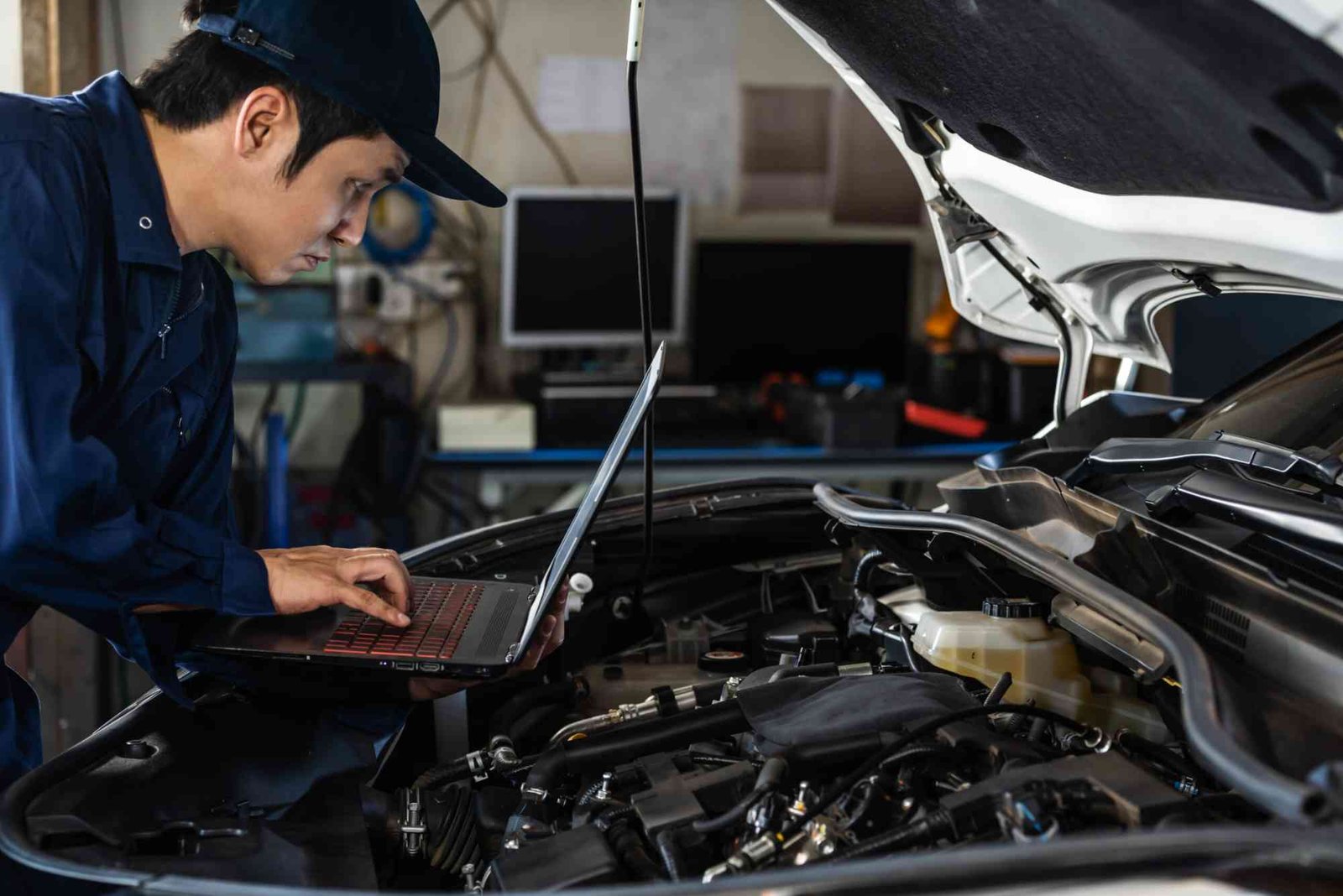Introduction
Entering the automotive spare parts industry can be a lucrative and rewarding venture. Vehicles are an essential part of modern life, and the demand for spare parts continues to grow. If you are passionate about automobiles and business, understanding how to become a spare parts dealer can set you on a path to a thriving career. This guide will walk you through every step, from understanding the market to establishing a reliable supply chain and growing your customer base.
Understanding the Spare Parts Industry
The automotive spare parts industry is vast and dynamic, catering to both personal and commercial vehicles. Spare parts can include engine components, brakes, filters, tires, suspension systems, and accessories. The market is divided into original equipment manufacturer (OEM) parts and aftermarket parts. OEM parts are produced by the vehicle manufacturer and usually come at a premium price, whereas aftermarket parts are made by third-party manufacturers and often offer a cost-effective alternative. Choosing your niche is crucial, as it determines your target audience and sourcing strategy.
Understanding the trends in this industry is equally important. Electric vehicles are reshaping the spare parts market, introducing new components like battery modules and specialized sensors. Dealers who adapt early to these changes can capture emerging opportunities. Additionally, technological advancements in inventory management and online marketplaces are redefining how spare parts businesses operate.
Setting Up Your Spare Parts Business
Conduct Market Research
Before starting your business, research your target market thoroughly. Identify the types of vehicles prevalent in your area and the most demanded spare parts. Analyze competitors, their pricing strategies, and their marketing approaches. This information will help you determine which products are most profitable and where you can position your business effectively.
Legal Requirements and Licensing
Operating legally is non-negotiable. Register your business according to local regulations, and obtain the necessary licenses and permits. This may include a trade license, GST registration, and other compliance certificates depending on your location. Complying with legal standards not only ensures smooth operations but also builds credibility with suppliers and customers.
Choosing the Right Location
The location of your spare parts shop can significantly impact your sales. Opt for a place with high vehicle traffic or close to repair shops, car dealerships, and transportation hubs. Accessibility and visibility are key factors in attracting walk-in customers. Even if you plan to operate primarily online, having a physical location can enhance trust and brand recognition.
Sourcing Quality Parts
Reliable suppliers are the backbone of any spare parts business. You can source parts from OEM manufacturers, authorized distributors, or reputable aftermarket suppliers. Build strong relationships with suppliers to ensure consistent quality and competitive pricing. Consider attending trade shows and industry expos to meet potential partners and stay updated on new products.
Inventory Management
Efficient inventory management is crucial in this business. Stocking too many items can tie up capital, while insufficient stock can result in missed sales. Use inventory management software to track stock levels, sales trends, and reorder schedules. Categorize parts by vehicle type, brand, and demand to streamline operations. Regular audits and careful forecasting help maintain a balanced inventory.
Marketing and Customer Engagement
Building a Strong Brand
Your brand is what sets you apart in a competitive market. Develop a professional logo, create a memorable business name, and maintain a consistent brand message across all platforms. A strong brand builds trust and encourages repeat business.
Online Presence
In today’s digital era, having an online presence is indispensable. Build a website showcasing your products, pricing, and services. Incorporate e-commerce features to facilitate online orders and offer home delivery. Use social media platforms to engage with customers, share industry news, and promote special offers. Online marketing helps reach a broader audience and drives more sales.
Networking with Auto Workshops
Establish connections with local auto workshops, mechanics, and car dealerships. These partnerships can become a steady source of bulk orders. Offering discounts or loyalty programs to workshops encourages long-term relationships. Participating in industry forums and local automotive associations can also expand your network.
Customer Service Excellence
Excellent customer service is a key differentiator. Train your staff to provide knowledgeable and friendly assistance. Handle complaints promptly and ensure timely delivery of orders. Providing value-added services like installation guidance or maintenance tips can enhance customer satisfaction and loyalty.
Financial Management
Budgeting and Capital Investment
Starting a spare parts business requires capital investment for inventory, shop setup, licensing, and marketing. Prepare a detailed budget covering all expenses and potential contingencies. Consider options for financing, such as bank loans, investor partnerships, or government schemes supporting small businesses.
Pricing Strategy
Pricing should balance profitability with competitiveness. Analyze market rates and supplier costs to set fair prices. Offering bundled packages or seasonal promotions can attract more customers while maintaining healthy margins. Transparent pricing builds trust and encourages repeat purchases.
Accounting and Record-Keeping
Maintain accurate financial records to track revenue, expenses, and profits. Use accounting software to simplify bookkeeping and ensure compliance with tax regulations. Regular financial reviews help identify trends, reduce costs, and make informed business decisions.
Leveraging Technology in Spare Parts Business
Technology plays a vital role in modern spare parts businesses. Inventory software, automated billing systems, and online marketplaces streamline operations and reduce errors. Implementing a customer relationship management (CRM) system helps track customer interactions, follow up on leads, and improve sales conversions. Adopting technology enhances efficiency and positions your business for long-term growth.
Challenges and How to Overcome Them
Competition
The spare parts market is competitive, with numerous dealers vying for customers. Differentiating your business through quality products, excellent service, and competitive pricing is essential. Focus on niche segments or specialized parts to reduce direct competition.
Counterfeit Products
Counterfeit spare parts can damage your reputation. Always source from trusted suppliers and verify product authenticity. Educate your How To Become A Spare Parts Dealer customers on the risks of low-quality parts and highlight the benefits of genuine products.
Inventory Management
Mismanaged inventory can lead to overstocking or stockouts. Regular audits, demand forecasting, and a reliable reorder system help maintain an optimal inventory level. Technology integration can further reduce errors and improve efficiency.
Market Fluctuations
Vehicle trends, fuel prices, and economic conditions can influence spare parts demand. Stay informed about industry developments and adapt your inventory and marketing strategies accordingly. Diversifying your product range can mitigate risks during market fluctuations.
Expanding Your Spare Parts Business
Once your business stabilizes, consider expanding by opening additional outlets, diversifying product lines, or targeting corporate clients. Offering specialized services like repair kits, accessories, or performance parts can attract a new customer segment. Strategic growth ensures long-term sustainability and increased profitability.
Becoming a spare parts dealer is a promising venture for those with a passion for automobiles and business acumen. By understanding the market, sourcing quality products, implementing efficient operations, and focusing on customer satisfaction, you can build a successful business. Continuous learning, networking, and technology adoption are key to staying competitive. Start your journey today and establish a brand that stands out in the automotive industry. For a deeper insight into the automobile sector, check out this Related Automobile article.
Take the next step and explore More details about potential business strategies and industry trends. Your path to becoming a spare parts dealer begins with preparation and persistence.
FAQs
How much does it cost to start a spare parts dealership?
The cost depends on location, inventory size, and business scale. Initial investment typically ranges from moderate to high, including inventory, shop setup, and licenses.
Do I need special training to become a spare parts dealer?
While formal training is not mandatory, knowledge of vehicles, parts, and inventory management is highly recommended. Experience in automotive repair can be beneficial.
Can I start a spare parts business online?
Yes, online spare parts businesses are growing rapidly. A professional website with e-commerce features allows you to reach a wider audience and handle orders efficiently.
Where can I source genuine spare parts?
You can source from OEM manufacturers, authorized distributors, or reputable aftermarket suppliers. Building strong relationships ensures consistent quality and competitive pricing.
Is the spare parts market profitable?
Yes, the market is profitable due to consistent vehicle demand and growing automotive trends. Profitability depends on product selection, pricing strategy, and customer service.








